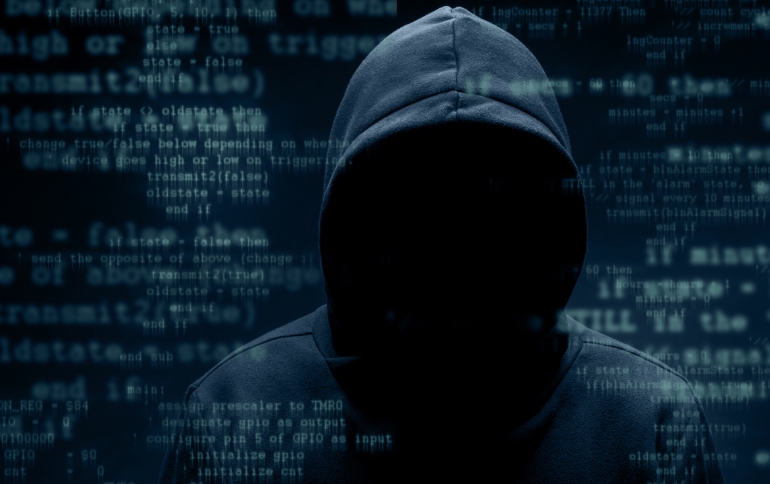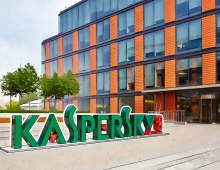
Kaspersky Identifies New Asia-based Hacking Group
Today Kaspersky Lab's research team published a new report on the discovery of 'Icefog', a small yet energetic APT (Advanced Persistent Threat) group that focuses on targets in South Korea and Japan, hitting the supply chain for Western companies.
The operation started in 2011 and has increased in size and scope over the last few years. The report shows a new trend - the emergence of small groups of 'cyber-mercenaries' available for hire to perform 'surgical' hit and run operations.
"For the past few years, we've seen a number of APTs hitting pretty much all kinds of victims and sectors. In most cases, attackers maintain a foothold in corporate and governmental networks for years, exfiltrating terabytes of sensitive information", said Costin Raiu, Director, Global Research & Analysis Team at Kaspersky Lab. "The 'hit and run' nature of the Icefog attacks demonstrate a new emerging trend: smaller hit-and-run gangs that are going after information with surgical precision. The attack usually lasts for a few days or weeks and after obtaining what they were looking for, the attackers clean up and leave. In the future, we predict the number of small, focused "APT-to-hire" groups to grow, specialising in hit-and-run operations; sort of 'cyber mercenaries' of the modern world."
According to the report, the attackers appear to have an interest in the following sectors: military, shipbuilding and maritime operations, computers and software development, research companies, telecom operators, satellite operators, mass media and television.
Kaspersky's research indicates the attackers were in interested targeting defense industry contractors such as Lig Nex1 and Selectron Industrial Company, ship-building companies such as DSME Tech, Hanjin Heavy Industries, telecom operators such as Korea Telecom and media companies such as Fuji TV and the Japan-China Economic Association.
The attackers are hijacking sensitive documents and company plans, e-mail account credentials, and passwords to access various resources inside and outside the victim's network.
During the operation, the attackers are using the "Icefog" backdoor set (also known as "Fucobha"). Kaspersky Lab identified versions of Icefog for both Microsoft Windows and Mac OS X.
While in most other APT campaigns, victims remain infected for months or even years and attackers are continuously exfiltrating data, Icefog operators are processing victims one by one - locating and copying only specific, targeted information. Once the desired information has been obtained, they leave.
In most cases, the Icefog operators appear to know exactly what they need from the victims, according to the security firm.
Kaspersky researchers have sinkholed 13 of the more than 70 domains used by the attackers. This provided statistics on the number of victims worldwide. In addition, the Icefog command and control servers maintain encrypted logs of the victims together with the various operations performed on them by the operators. These logs can sometimes help to identify the targets of the attacks and in some cases, the victims. In addition to Japan and South Korea, many sinkhole connections in several other countries were observed, including Taiwan, Hong Kong, China, USA, Australia, Canada, UK, Italy, Germany, Austria, Singapore, Belarus and Malaysia. In total, Kaspersky Lab observed more than 4000 unique infected IPs and several hundred victims (a few dozen Windows victims and more than 350 Mac OS X victims).
Based on the list of IPs used to monitor and control the infrastructure, Kaspersky Lab's experts assume some of the threat actors behind this operation are based in at least three countries: China, South Korea and Japan.
"For the past few years, we've seen a number of APTs hitting pretty much all kinds of victims and sectors. In most cases, attackers maintain a foothold in corporate and governmental networks for years, exfiltrating terabytes of sensitive information", said Costin Raiu, Director, Global Research & Analysis Team at Kaspersky Lab. "The 'hit and run' nature of the Icefog attacks demonstrate a new emerging trend: smaller hit-and-run gangs that are going after information with surgical precision. The attack usually lasts for a few days or weeks and after obtaining what they were looking for, the attackers clean up and leave. In the future, we predict the number of small, focused "APT-to-hire" groups to grow, specialising in hit-and-run operations; sort of 'cyber mercenaries' of the modern world."
According to the report, the attackers appear to have an interest in the following sectors: military, shipbuilding and maritime operations, computers and software development, research companies, telecom operators, satellite operators, mass media and television.
Kaspersky's research indicates the attackers were in interested targeting defense industry contractors such as Lig Nex1 and Selectron Industrial Company, ship-building companies such as DSME Tech, Hanjin Heavy Industries, telecom operators such as Korea Telecom and media companies such as Fuji TV and the Japan-China Economic Association.
The attackers are hijacking sensitive documents and company plans, e-mail account credentials, and passwords to access various resources inside and outside the victim's network.
During the operation, the attackers are using the "Icefog" backdoor set (also known as "Fucobha"). Kaspersky Lab identified versions of Icefog for both Microsoft Windows and Mac OS X.
While in most other APT campaigns, victims remain infected for months or even years and attackers are continuously exfiltrating data, Icefog operators are processing victims one by one - locating and copying only specific, targeted information. Once the desired information has been obtained, they leave.
In most cases, the Icefog operators appear to know exactly what they need from the victims, according to the security firm.
Kaspersky researchers have sinkholed 13 of the more than 70 domains used by the attackers. This provided statistics on the number of victims worldwide. In addition, the Icefog command and control servers maintain encrypted logs of the victims together with the various operations performed on them by the operators. These logs can sometimes help to identify the targets of the attacks and in some cases, the victims. In addition to Japan and South Korea, many sinkhole connections in several other countries were observed, including Taiwan, Hong Kong, China, USA, Australia, Canada, UK, Italy, Germany, Austria, Singapore, Belarus and Malaysia. In total, Kaspersky Lab observed more than 4000 unique infected IPs and several hundred victims (a few dozen Windows victims and more than 350 Mac OS X victims).
Based on the list of IPs used to monitor and control the infrastructure, Kaspersky Lab's experts assume some of the threat actors behind this operation are based in at least three countries: China, South Korea and Japan.





















